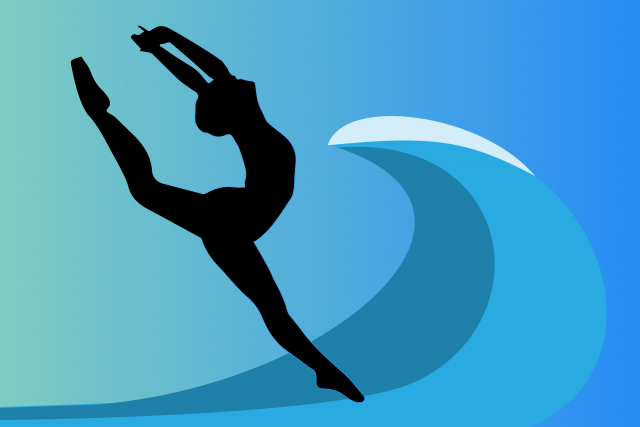
Freshman seminar merges arts and science
Crashing tides, tsunamis and other fluids that move our world will be paired with dance in a freshman seminar offered next quarter in the hopes of creating a new way to approach science and the arts.
The course, Geophysical Dance, is a two-hour class offered on Tuesdays from 12:10 to 2 p.m. It has no prerequisites and is described by the lead professor, Ian Faloona, as being “light” in both science and dance elements. The class is interested in putting these two topics into conversation.
Faloona, an atmospheric science professor at UC Davis, has been dancing since he was an undergraduate and was encouraged by colleagues to develop a class that united his two areas of interest.
“I teach how the atmosphere moves and […] I have all these ideas about how the way we move is so similar to — in a lot of ways — what I am trying to teach about how fluids move in the atmosphere and oceans,” Faloona said.
The class will be a hybrid of lecture and applications, using students’ bodies to teach concepts of atmospheric science and to create new ways of thinking about science in general. Faloona has built the class around five basic concepts that are all based around fostering creativity through the combination of these two disciplines.
“We try to find elements in nature that then we can use to build movement pieces,” Faloona said.
He emphasized that there is not a formal dance component to the class, but rather that this is a way to use creativity to understand fluids of the environment. Topics for the quarter include understanding the summer fog of California, exploration of the physics of rotation and formation of thunderstorms.
“One of my main objectives is try to get us back to this level of pure creativity,” Faloona said.
With a planned field trip to a playground and a unique teaching philosophy, this class is a rare opportunity for UC Davis students.
Faloona is teaching this class with the help of Kevin O’Connor, a Ph.D. candidate in performance studies at UC Davis who holds an MSA in choreography.
“In the case of this class, we’re using the dance studio and our bodies as experimental laboratories to explore contemporary scientific understanding of weather,” O’Connor said. “Using the different practices [of art and science] to think through or imagine new ways of modeling the data, bodies can be used as models to think about scientific data with and in enacting the data, it creates new ways of thinking about the data.”
While Geophysical Dance is a fairly new class, Terry Nathan, a professor of atmospheric science, has been teaching a class that also combines the arts with the sciences in a course that pairs photography with atmospheric science.
“In my course, students use photography to explore the common ground occupied by art and science,” Nathan said in an email interview. “Gestalt psychology meets Einsteinian physics in photographic composition; the geometric foundations of art and science; order versus disorder; and photographic interpretation of the environment.”
Nathan is one of the people who encouraged Faloona to create his own course. He also emphasized the unique experience that science and art provide each other.
“Despite the apparent dichotomy between art and science, they share the twin pillars of a university education — creativity and the quest for discovery,” Nathan said.
The seminar being offered next quarter highlights what Nathan discusses — merging “pillars of a university education.” The Geophysical Dance class is a way to use creativity and expression as a lens to describe the world.
Written by Emma Askea — science@theaggie.org



